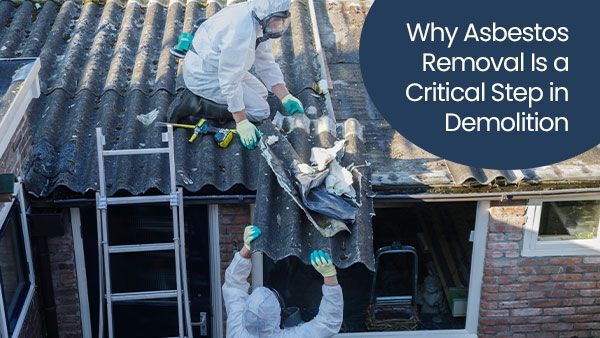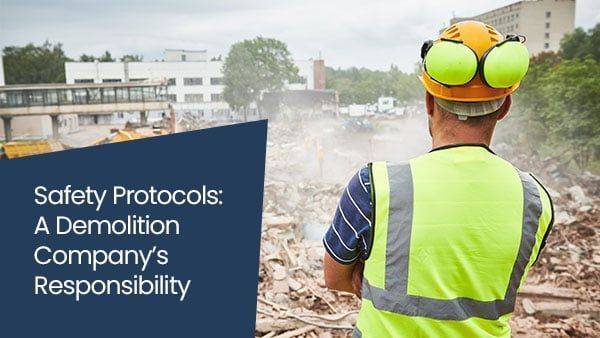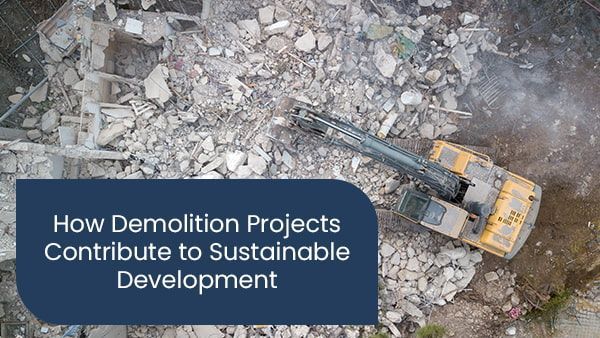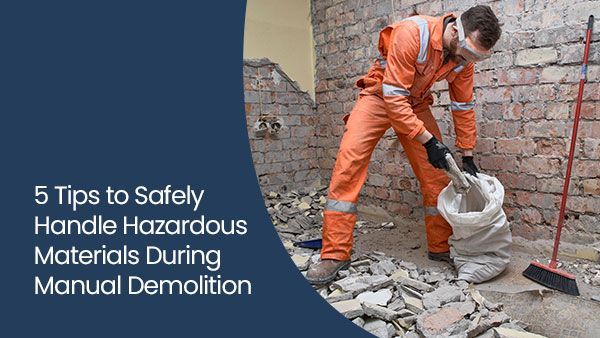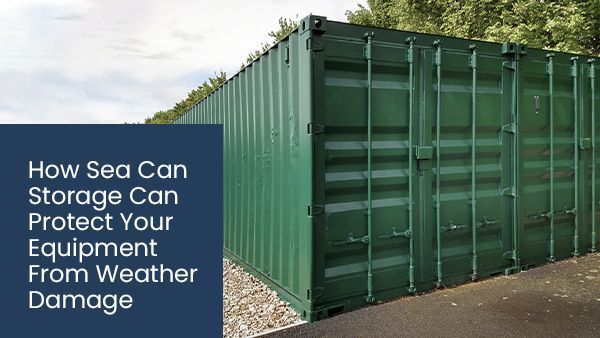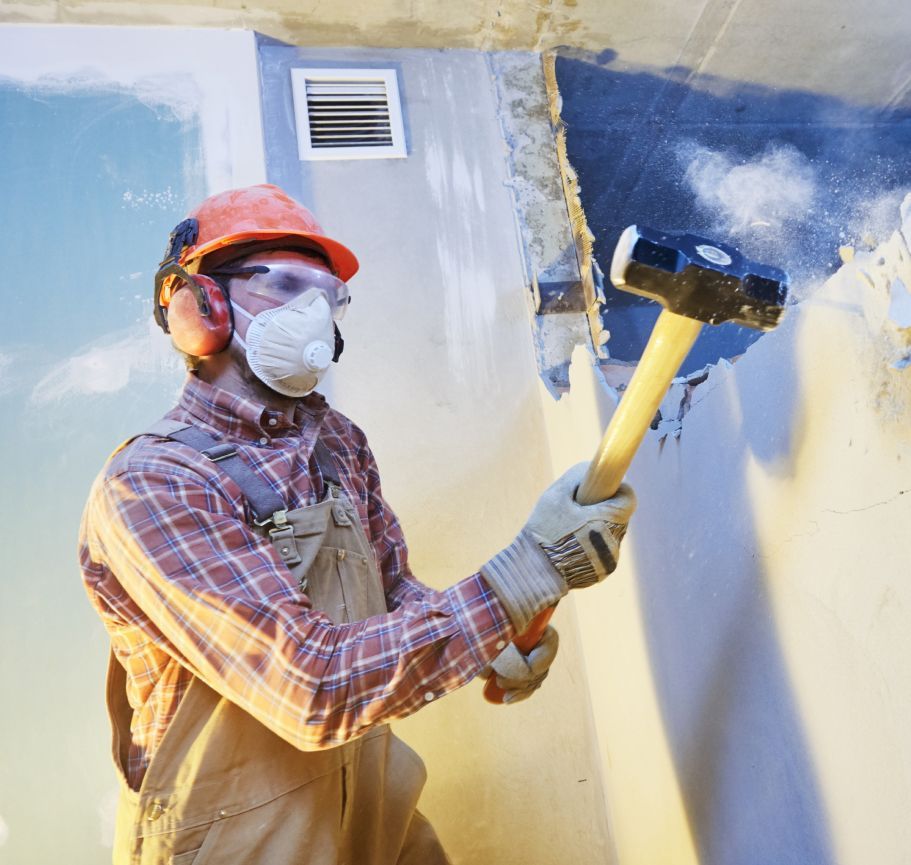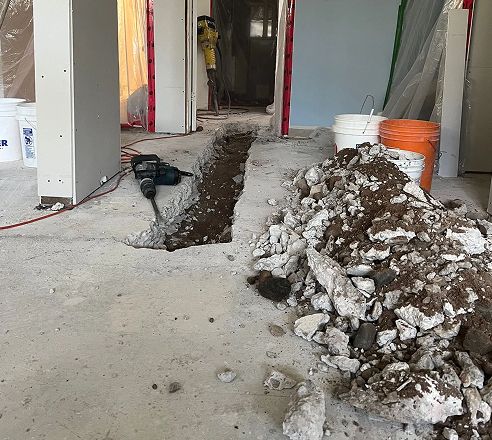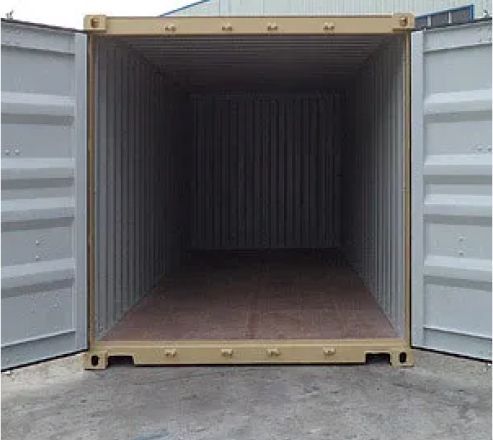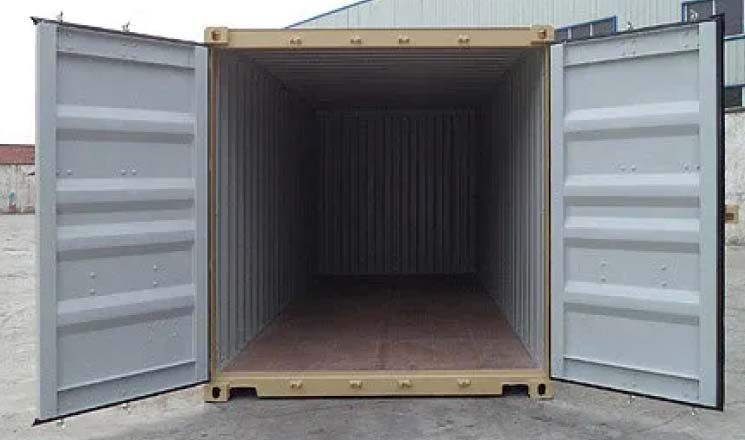The Role of Demolition in Urban Renewal Projects
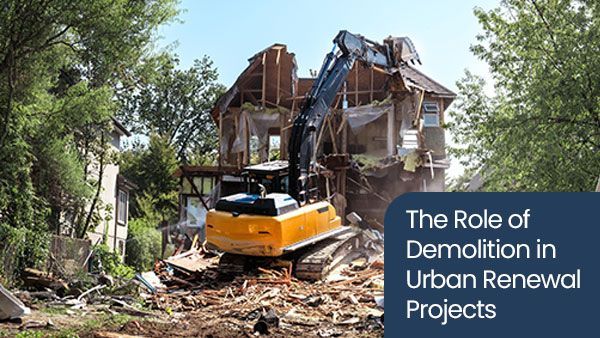
Urban demolition plays a pivotal role in shaping modern cities. As outdated structures are removed, space is cleared for developments that support evolving community needs. But this process isn’t just about tearing buildings down. It’s about creating a safe, compliant, and sustainable path toward smarter urban infrastructure.
At MOD Demolition, we focus on precision-driven machine demolition and hazardous material removal.
Our goal is to help communities transform old, unsafe environments into spaces designed for growth, sustainability, and livability. Here’s how strategic demolition contributes to effective urban renewal.
What is Urban Renewal?
Urban renewal is the process of transforming deteriorating or underused urban areas into spaces that better serve the people who live and work there. It often includes modernizing public infrastructure, improving access to affordable housing, and expanding green space in dense city centres.
Done right, urban renewal is a multidisciplinary effort involving developers, policymakers, environmental experts, and demolition contractors. At its core, this transformation enables cities to adapt to modern challenges like climate change, housing shortages, and aging infrastructure.
From Ruins to Renewal: The Role of Demolition in Urban Planning
Before any meaningful construction or redevelopment begins, unsafe or obsolete structures must be removed. Urban demolition is the entry point. It clears the land for new possibilities, such as sustainable housing, updated transit corridors, or civic spaces designed for accessibility and energy efficiency.
Demolition is coordinated closely with urban planners and engineers to ensure alignment with city redevelopment goals. A well-executed removal phase makes way for more efficient use of land and supports larger infrastructure improvements.
Identifying Structures for Removal
Demolition doesn’t happen at random. Urban planners assess each site for its structural integrity, environmental hazards, and future utility. Buildings may be slated for removal due to safety concerns, code violations, inefficiency, or a complete mismatch with current zoning laws.
This step is critical for clearing urban blight and making room for thoughtful city redevelopment. Proper assessments ensure that demolition contributes to safety and revitalization rather than simply displacing existing structures.
The Precision of Machine Demolition
Urban environments require controlled, efficient demolition techniques that reduce disruption to neighbouring structures and public areas. Machine demolition allows contractors to dismantle buildings quickly and with minimal impact on the surrounding area.
Using tools like high-reach excavators, concrete processors, and dust control systems, machine demolition supports efficient timelines while maintaining safety and regulatory compliance. These methods are especially important when working around active city infrastructure.
Environmental Considerations
In urban demolition, environmental responsibility is non-negotiable. This includes safe handling of hazardous materials, proper waste disposal, and maximizing opportunities to recycle or reuse construction materials.
Diverting concrete, steel, and wood from landfills helps align with green building goals while reducing the environmental footprint of redevelopment. Today’s urban projects often build sustainability into their plans from the start, so demolition practices must follow suit.
Making Way for Mixed-Use and Green Spaces
One of the key benefits of urban renewal is its ability to turn dead space into living, functional areas. Once demolition is complete, cleared land becomes a canvas for redevelopment, offering planners and designers the opportunity to reshape entire blocks with purpose-driven development.
Public parks, energy-efficient buildings, and mixed-use developments can all thrive in areas once filled with unsafe or obsolete structures. These revitalized spaces foster a sense of community, encourage walkability, and promote long-term sustainability. Demolition enables this transition by creating clean, build-ready sites for architects and developers to reimagine with modern needs in mind.
Supporting Economic Growth Through Redevelopment
Urban demolition helps prepare a site for future projects while also jump-starting local economies. As redevelopment gets underway, new jobs are created in construction, engineering, and design.
Over time, these projects help raise property values and attract lasting investment in housing, commercial spaces, and essential public services.
Removing outdated or unsafe structures opens the door for thoughtful redevelopment. In doing so, demolition plays a key role in revitalizing neighbourhoods, transforming vacant or underused land into productive, community-focused spaces that support long-term growth.
Why Urban Demolition Matters in Today’s Cities
Demolition is a strategic tool for urban transformation. It clears away what no longer serves the community and makes room for modern infrastructure, sustainable housing, and vital public spaces.
For cities looking to adapt to the needs of growing populations, aging buildings, and climate demands, urban demolition is a foundational first step. Its impact spans far beyond the construction site, touching everything from environmental health to local economies.
Urban Demolition Services for City Redevelopment
Urban renewal projects depend on smart, strategic groundwork: that starts with demolition. MOD Demolition provides the expertise and care needed to clear the way for safer, more sustainable cities. Our focus on compliance, environmental responsibility, and structural precision makes us a reliable partner in complex redevelopment efforts.
We specialize in urban demolition services that prioritize public safety and project efficiency. From removing outdated infrastructure to handling hazardous materials with advanced containment protocols, we ensure each site is cleared responsibly and ready for its next phase.
Whether you're preparing land for a mixed-use development or updating city infrastructure, our machine demolition services offer the precision and reliability your project needs. With MOD Demolition, you get more than a teardown. You get a trusted team with the skills and experience to support long-term city redevelopment.
Call us at 249-449-0018 or click here to start your project today.







